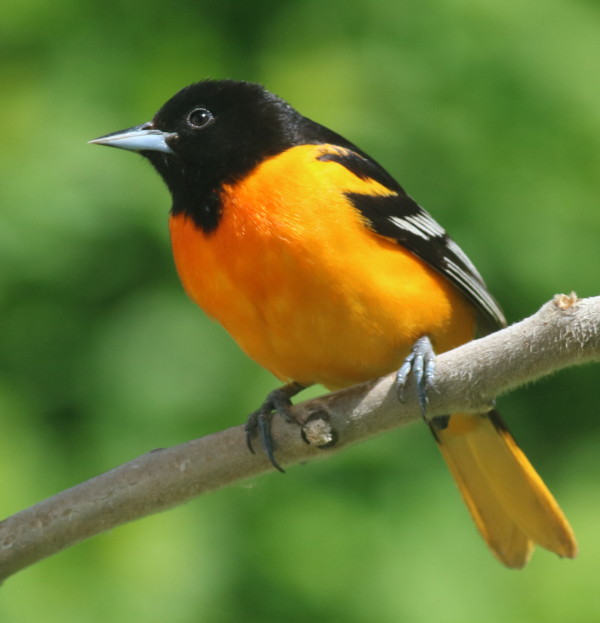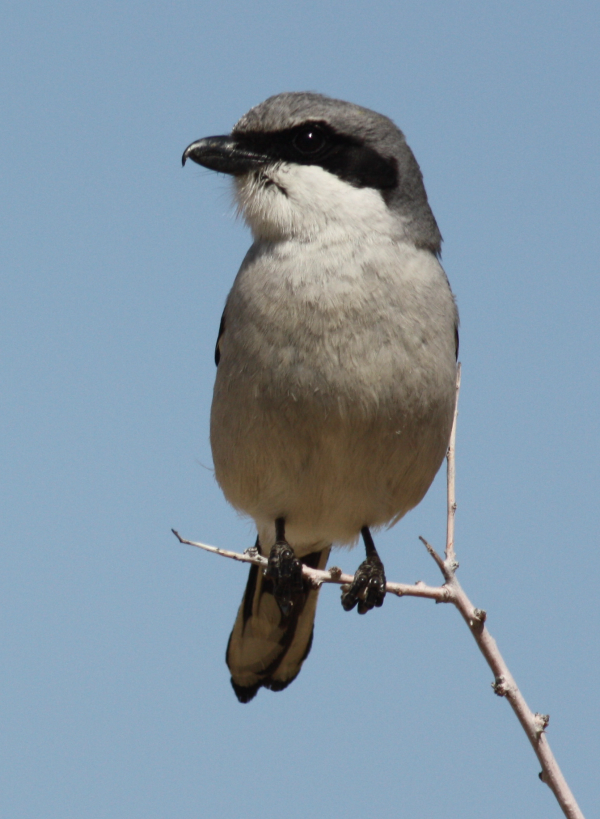
A comprehensive study by a team of scientists from seven research institutions in the United States and Canada described shocking reductions in bird populations last week in the journal Science: Wild bird populations across North America have been reduced by an average of one-third, numbering a reduction of almost 3 billion birds during the past 48 years! “The magnitude of population losses among 300 species of birds was much larger than expected and alarmingly widespread across the continent,” according to John Fitzpatrick, executive director of the Cornell Lab of Ornithology, and Peter Marra, director of the Georgetown Environmental Initiative, who co-authored a New York Times Opinion article last Thursday.
Drs. Fitzpatrick and Marra continued: “What makes this study particularly compelling is the trustworthiness of the data. Birds are the best-studied group of wildlife; their populations have been carefully monitored over decades by scientists and citizen scientists alike. And in recent years, scientists have been able to track the volume of nighttime bird migrations through a network of 143 high-resolution weather radars. This study pulls all of that data together, and the results signal an unfolding crisis. More than half our grassland birds have disappeared, 717 million in all. Forests have lost more than one billion birds.”
Consider that even our most well-known birds have been greatly affected: There are now only half as many Baltimore Orioles, and Blue Jay populations have been reduced by one-quarter; Eastern Meadowlark populations have been reduced by 70 percent, and Western Meadowlarks have experienced similar precipitous declines, along with Loggerhead Shrikes, Chimney Swifts, Grasshopper Sparrows, and many more.
Research scientists from the Cornell Lab of Ornithology, US Geological Survey, American Bird Conservancy, Environment and Climate Change Canada, Bird Conservancy of the Rockies, and Smithsonian Migratory Bird Center analyzed data from five decades of on-the-ground bird surveys.
“Birds are indicator species, serving as acutely sensitive barometers of environmental health, and their mass declines signal that the earth’s biological systems are in trouble. Unfortunately, this study is just the latest in a long line of such mounting evidence,” added Fitzpatrick and Mara. “Habitat loss has been the main cause of bird declines, and efforts to reduce development in wild lands and suburban sprawl should remain at the forefront of conservation priorities.”
“Additionally, we need to address other threats killing birds: Feral and pet cats roaming outdoors cause huge bird mortality every year, as do collisions with windows and buildings, communications towers, and power lines. Recent evidence shows that pesticides, like neonicotinoids, may be directly or indirectly responsible for killing large numbers of birds,” noted Fitzpatrick and Mara. “What’s also worrisome is that scientists are only now beginning to assess the ravages of the changing climate on bird populations.”

Loggerhead Shrike population numbers have declined by about 70 percent during the past five decades — a stark indicator that we all need to react to this information to improve our environment on local, national, and international levels.










